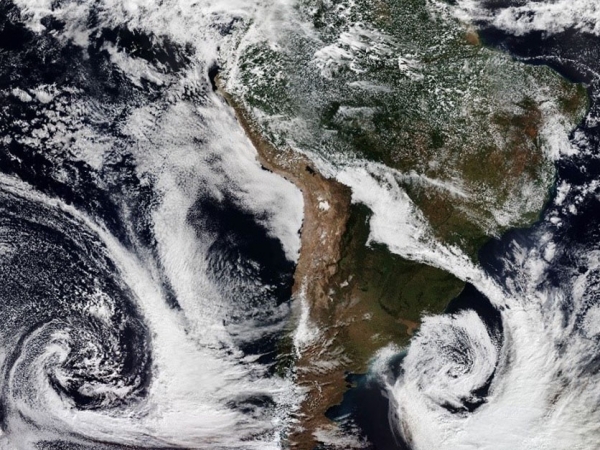About 30 massive, intricate computer networks serve the scientists who stand at the forefront of climate change research. Each network runs a software program comprised of millions of lines of code. These programs are computational models that combine the myriads of physical, chemical and biological phenomena that together form the climate of our planet. The models calculate the state of Earth’s atmosphere, oceans, land and ice, capturing past and present climate variability and using the data to predict future climate change. These results are analyzed by leading research institutes across the globe, including the Weizmann Institute of Science, and then incorporated into the UN’s Intergovernmental Panel on Climate Change (IPCC) assessment report. Policymakers rely on the IPCC report when they form adaptation and mitigation strategies for climate change, one of our generation’s greatest crises.
A new study, published today in Nature Climate Change, will certainly make the IPCC – and other environmental bodies – take notice. A team of scientists led by Dr. Rei Chemke of Weizmann’s Earth and Planetary Sciences Department revealed a considerable intensification of winter storms in the Southern Hemisphere. The study, conducted in collaboration with Dr. Yi Ming of Princeton University and Dr. Janni Yuval of MIT, is sure to make waves in the climate conversation. Until now, climate models have projected a human-caused intensification of winter storms only toward the end of this century. In the new study, Chemke and his team compared climate model simulations with current storm observations. Their discovery was bleak: It became clear that storm intensification over recent decades has already reached levels projected to occur in the year 2080.
Read more at Weizmann Institute of Science
Image: Winter storms in the Southern Hemisphere (Credit: NASA Worldview)


